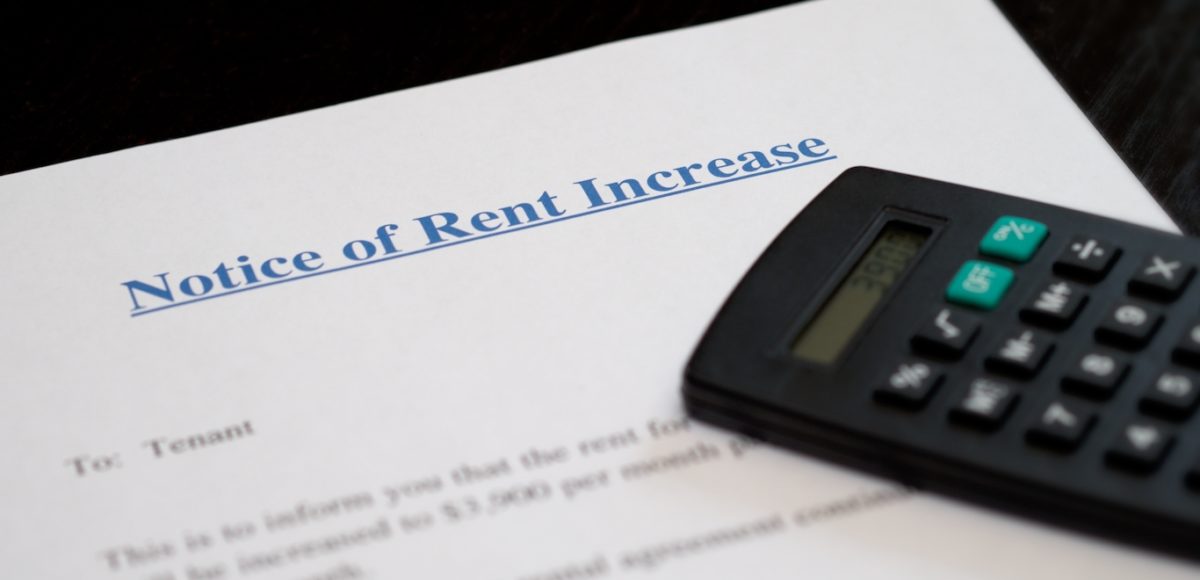Finding the perfect apartment for rent is already a challenging experience, but when you add choosing a lease type it becomes even more difficult. A lease is a contract you make as a tenant with your landlord that lays out the conditions and costs of the apartment rental, the services they provide, and the length of rental time. There are a few options when it comes to leasing terms, so you want to make sure you find the one right for you. In order to alleviate some of the stress of choosing the right leasing option, here’s a breakdown of the difference between long-term and month-to-month leases.
Long-Term Leases
Long-term or “fixed-term” leases are the most common type of lease contract you will encounter from apartment landlords. Usually long-term leases have a minimum 1-year requirement that can be renewed a few weeks before the lease’s expiration. Some apartments, especially near college campuses, have a 9-month option that coincides with the academic school year. Typically, 1-year leases offer cheaper monthly rent rates than month-to-month contracts. However, if you break your lease contract, you’ll likely face a hefty fine from the apartment complex.
Month-to-Month Leases
A month-to-month lease, or periodic lease, is a more flexible leasing option that allows the tenant or landlord to terminate the contract at any time. Generally, month-to-month leases are self-renewing and require much less time for termination notice. However, a periodic contract also means paying a much higher rent rate than a long-term lease. If you’re concerned about being able to move out quickly or not sure where you’ll be in 6 months, then a month-to-month lease will give you the flexibility to make a decision fast.
Deciding the right type of rental lease contract doesn’t have to be a painful process. Consider your short-term and long-term plans before you sign a lease contract and you should do just fine!


